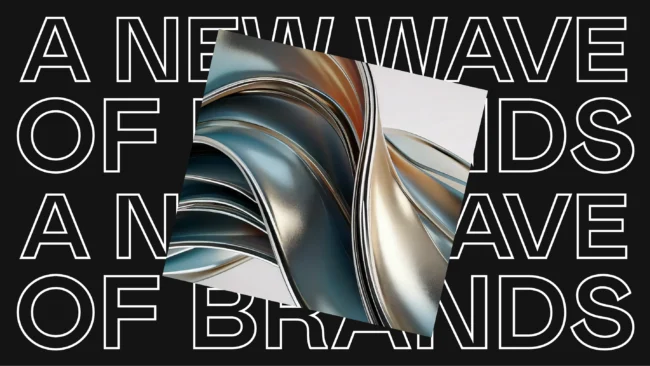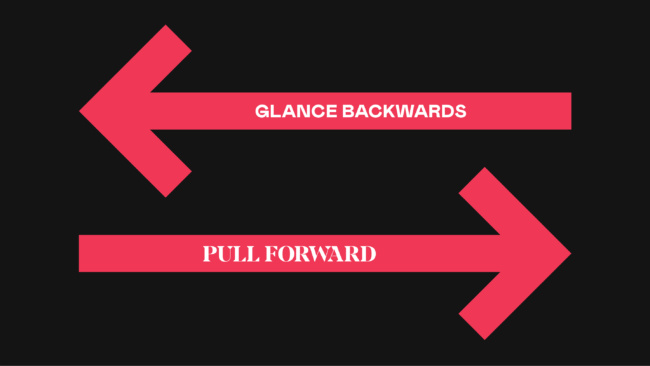
The term “disruption” is ubiquitous in marketing, but what does it mean to be truly Unordinary in a constantly disrupted world? Traditionally, categories had predictable players: leaders, alternatives, value discounters, and niche specialists, each with their distinct positionings and personalities. In addition, every category has undefined and unclear brands.
Disruption often starts with price. Brands re-engineer their business models to offer lower prices, branding it as “smarter” value rather than simply “cheap.” Others focus on product, offering specialized expertise and superior performance, attracting customers with specific needs. Alternative brands differentiate through attitude and service, targeting consumers seeking something that defines itself as different. Category leaders maintain their position through constant innovation and superior branding.
Toppling the leader requires more than just being better; it means redefining an entire category. The key to success for all these brand types is a strong, clear idea – whether that’s price, product, innovation, or attitude – that resonates with its audience. This clarity, reinforced by original and relevant branding, protects them from disruption. In contrast, the most vulnerable are the middling brands, lacking a clear identity or position. They are pale imitations of their competitors and ripe for disruption.
Disruption is complex. Its form and impact depend on the offer and where it acts within a category. Price disruption utilizes new business models to offer value. Product disruption relies on specialized expertise. Brand disruption thrives in the alternative space with fresh creative. Category disruption challenges leading brands with innovative offers and branding. In all cases, a clear, well-defined idea is the crucial driver for both disrupting and defending against being disrupted.
